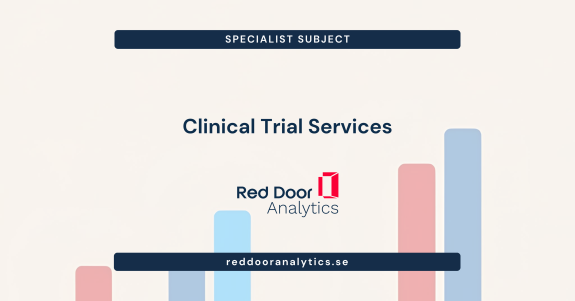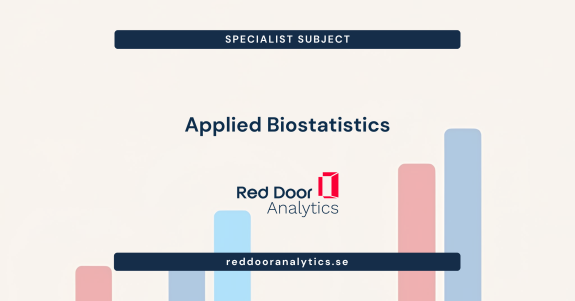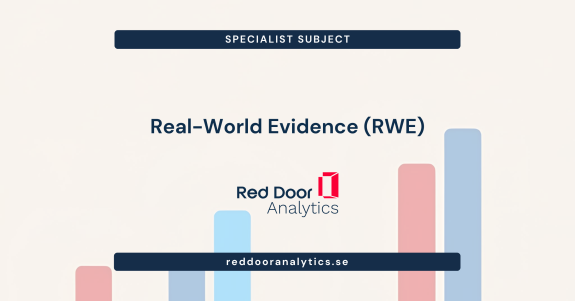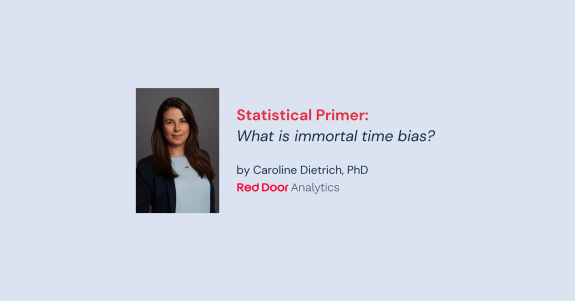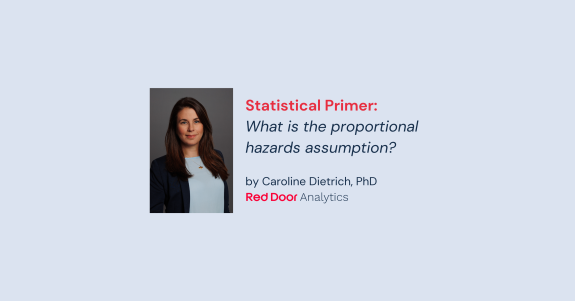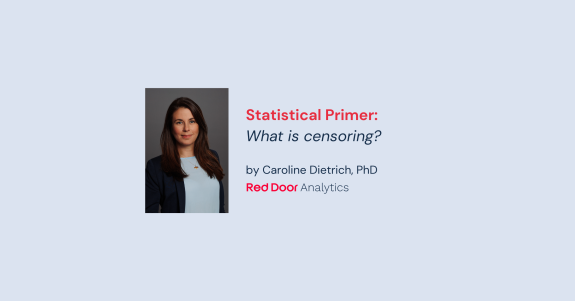This video offers a comprehensive introduction to epidemiological study designs, emphasising their classification, key definitions, strengths, limitations, and practical applications. We will dive into the most commonly used study designs, exploring their structure, purpose, and the contexts in which they are most effective. Throughout the video, real-world case studies of landmark research will be used to illustrate the impact of these designs on public health and scientific discovery. The video covers cross-sectional, case-control, and cohort studies as well as randomised control trials.
Two question to Ricardo
Who should watch this video?
This is an introductory video, so it is useful for anyone interested in building a strong foundation in epidemiological research. It’s a great starting point for clinical researchers, who want to learn more about epidemiological study design before starting to plan their own studies. Whether you’re looking to improve your understanding of how medical research works, or simply want to gain insights into the essential tools used by researchers to assess public health, this video will provide you with the necessary groundwork. It’s also perfect for those who wish to critically assess health studies and understand the strengths and limitations of different research approaches. No prior knowledge is needed, making it accessible to complete beginners.
What’s your favourite study design?
My favourite study design is the case-control study. It’s a flexible method, ideal for investigating rare diseases. Case-control studies are cost-effective, relatively quick to conduct, and can uncover important insights, especially when studying conditions with long latency periods. Their versatility in design and analysis makes them a valuable tool in epidemiology.


